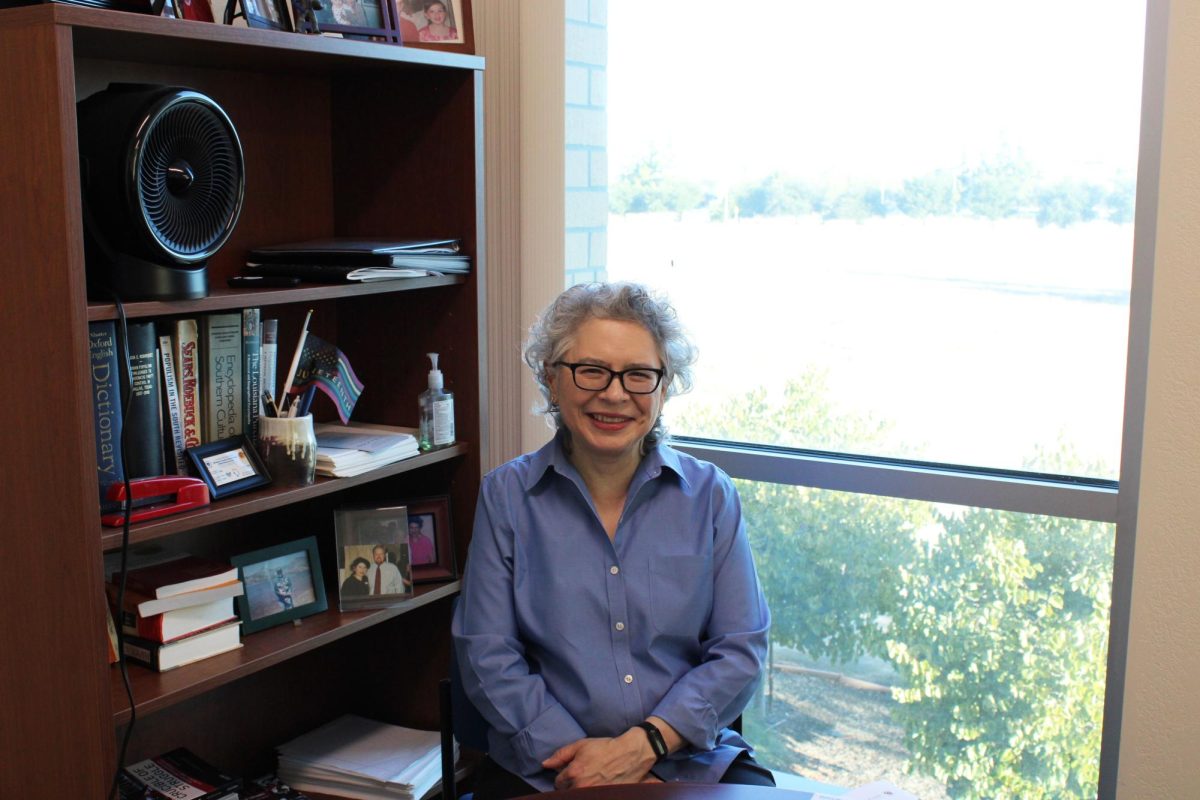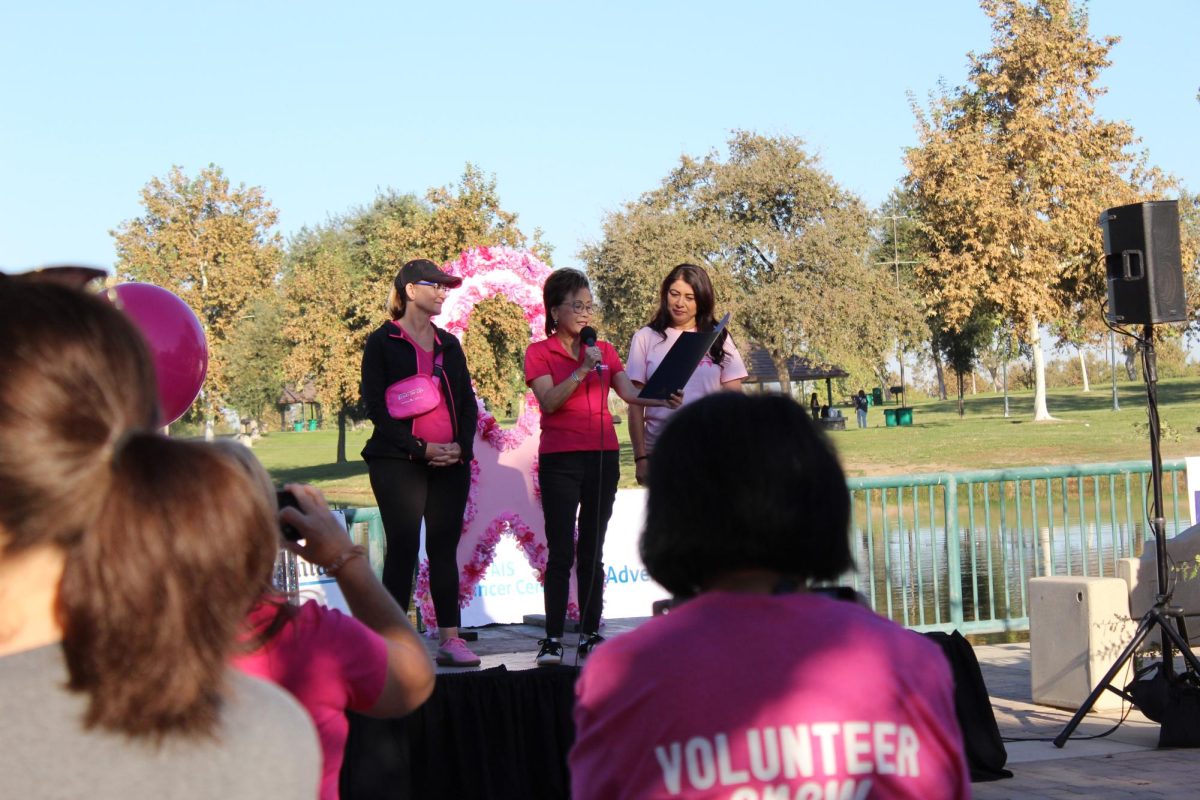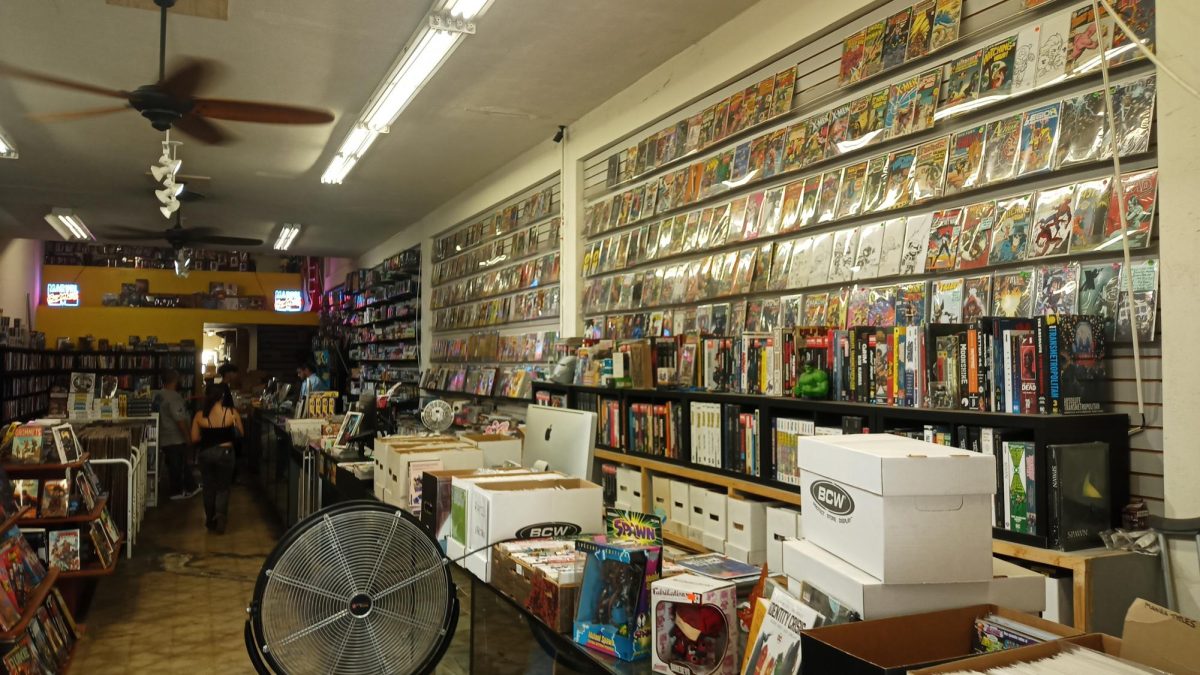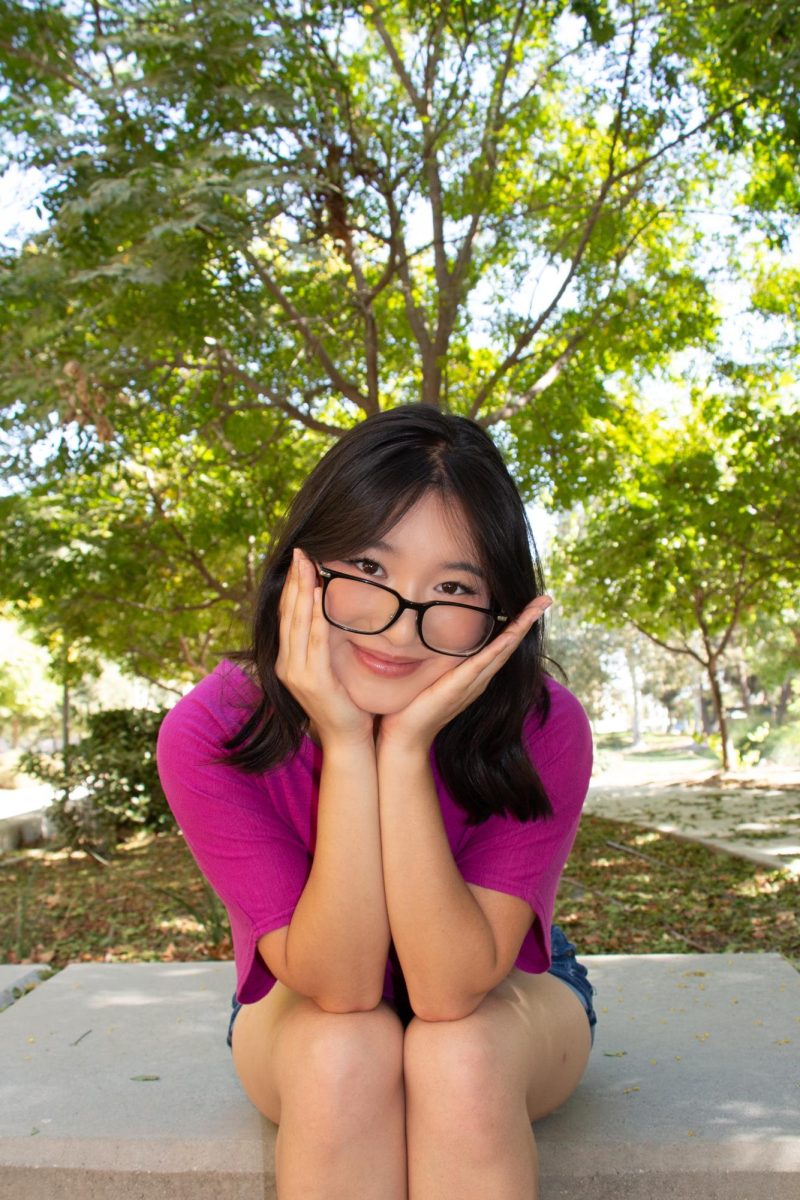Textile art refers to the use of natural and synthetic fibers to create decorative objects. Despite being one of the earliest practices in human civilization, working with textiles was not considered an “art” form until recently.
Crafts and its association with women
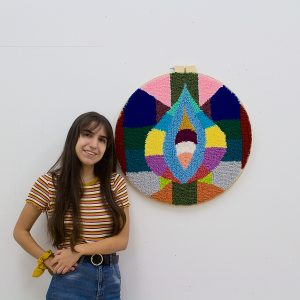
Crafts, specifically textile and fiber art, has had a very long history of being viewed as “women’s work.” Because of its gender assignment, textile work had often been undervalued. According to the Elizabeth A. Sackler Center for Feminist Art, it was not until the 1960s when this hierarchy of art was challenged “by Pop and feminist artists, alike.”
“That’s why I like to say the art of craft, rather than just craft, because when you talk about craft in this way of art, it is art,” says Nicole Lowrie, a fiber artist from Bakersfield, California, age 22. “As of now, we consider it art. But back then, the reason it was called craft is because it’s a woman’s skill, so its ‘not considered art,’ because ‘women can’t be artists.’”
Lowrie’s art focuses on the appreciation of the female form: pregnancy, birth, menstruation, and social issues.
Practicality vs aesthetic
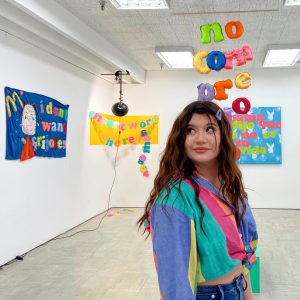
According to a March 7, 2020, article from Sotheby’s by Brenda Lin, the practical purpose of textile may be the reason it was not regarded as fine art, “even if highly decorative.” Lin says, “when we consider what makes something art, there is a sense that it is a work that exists outside the realm of the practical.”
As daughters to a seamstress, my sister, Deanna Barahona, and I grew up surrounded by textile work as a form of labor. Barahona, age 24, is a Latin-based artist and candidate for a master’s in fine arts at UC San Diego. She expands on both the art and functionality of textiles.
“There’s that separation between labor and play in art. So, I think, once it loses its play, maybe people just don’t consider it as an art form even though it still is. Art is play. You play with paint or digital things, you’re putting things together that are not seen to be put together, and you’re putting concepts and material together. But I think when you lose the idea of play, it becomes just work.”
Textiles as a medium
Lowrie was introduced to her practice at age 9 when her mother signed her up for sewing classes, a skill that she believed girls should know.
Today, she uses yarn and felt to create giant abstract rugs, along with a process called needle punching. She says that her medium helps combine her ideas.
“I’m small, 5’2, I weigh 100 pounds. When people see the stuff I make, they’re like, ‘wait you did this? And I’m like, ‘yeah, I did this!’ Then I will discuss my topics with them, and they kind of get this intimidation and they don’t really expect it, especially from someone who is a crafter. So, it’s really showing this power that my body as a woman really has.”
Barahona uses colored cardstock, string, and found objects to create sight-specific and public installations. However, she also works with recycled fabric that our mother has collected over the years. She uses craft to take what was once seen as a feminine decoration and reclaim it as an art form.
Visual storytelling and influence
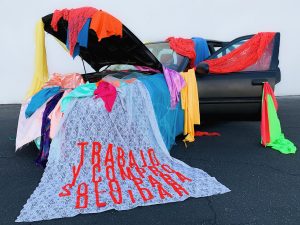
Lin explains that textiles hold purpose beyond utility. Through its “specific colors, techniques and symbols,” textile can also be used to convey messages.
Barahona uses her practice to touch on the effects of minimalism and gentrification, consumerism, and cultural erasure and integration.
“Visiting Guatemala was just a culture shock to me, especially seeing all the colorful buildings there, then coming back to the states and realizing that doesn’t exist simply because of the fact that, in the United States, color is seen as unprofessional,” says Barahona, who often incorporates color and culture into her work.
“I think when you find out how looked down upon color is, it’s only because it’s been whitewashed. Culture is slowly being washed away. We don’t have to follow the white standard. Just because I involve color doesn’t make it less important.”
Lowrie worked at Beverly’s Fabric and Crafts as a cashier for about one year. She says her influence comes from the crafters she meets.
“When working at Beverly’s, I met all these really talented women. They would open about what they’re doing, and they would always have these stories. They would help with the Linus project, they would be giving their blankets away to charity, and I thought that was super inspiring. I really wanted to show this appreciation for what they’re doing through my work. Whenever I’m working, I always think of them.”
Art after the degree
Barahona and Lowrie both graduated from CSU Bakersfield within the past two years.
Barahona will be graduating with her MFA from UCSD in Spring of 2024. She wants to pursue a career as a professor.
“What I really want to do is continue to get my work out there and network with other artists, gallerists, and historians,” says Barahona.
As for now, Lowrie wants to continue participating in more local shows. She also plans to attend graduate school.
“My top school is the University of Oregon. They have a really nice fiber program up there. There is also MICA University and Bard up in New York.”




